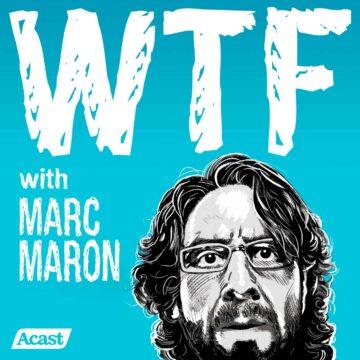Today, on the ground in Kyiv, where the battle for control continues. And NATO 101: how NATO came to be, how its mission has evolved since the end of the Cold War, and why two nonmembers are challenging the way the security organization is seen.
Read more:
Ukraine is not a member of NATO, the military alliance of mainly Western countries united by a mutual defense treaty. But post-Cold War tension between the West and Russia over NATO is at the heart of the current crisis. On today’s episode of Post Reports, we ask where NATO fits into global conflict, and how the history of the organization informs geopolitical relations today.
Since 1999, 14 nations have joined NATO, including Hungary, Poland, Bulgaria and the Baltic states. Russia has demanded that the alliance stop expanding eastward — and that it bar Ukraine from joining. Ukraine’s government has said that it would like to enter the alliance, along with other nations that were once part of or allied with the former Soviet Union.
In speeches this month, President Biden has vowed that the United States would meet its commitments under Article 5 of the NATO treaty, which says that an attack on one is an attack on all. But, since Ukraine isn’t a member, what does that even mean for the country? And for the rest of the world?
“As these countries have grown in number, it’s even more questionable whether we would send our troops to defend these countries,” says Sarah Kreps, professor of government, law and public policy and director of the Tech Policy Lab at Cornell University. “We would need some real leadership to help the public understand what the issue is, and explain the consequences of inaction.”
Follow the latest from Ukraine here.









